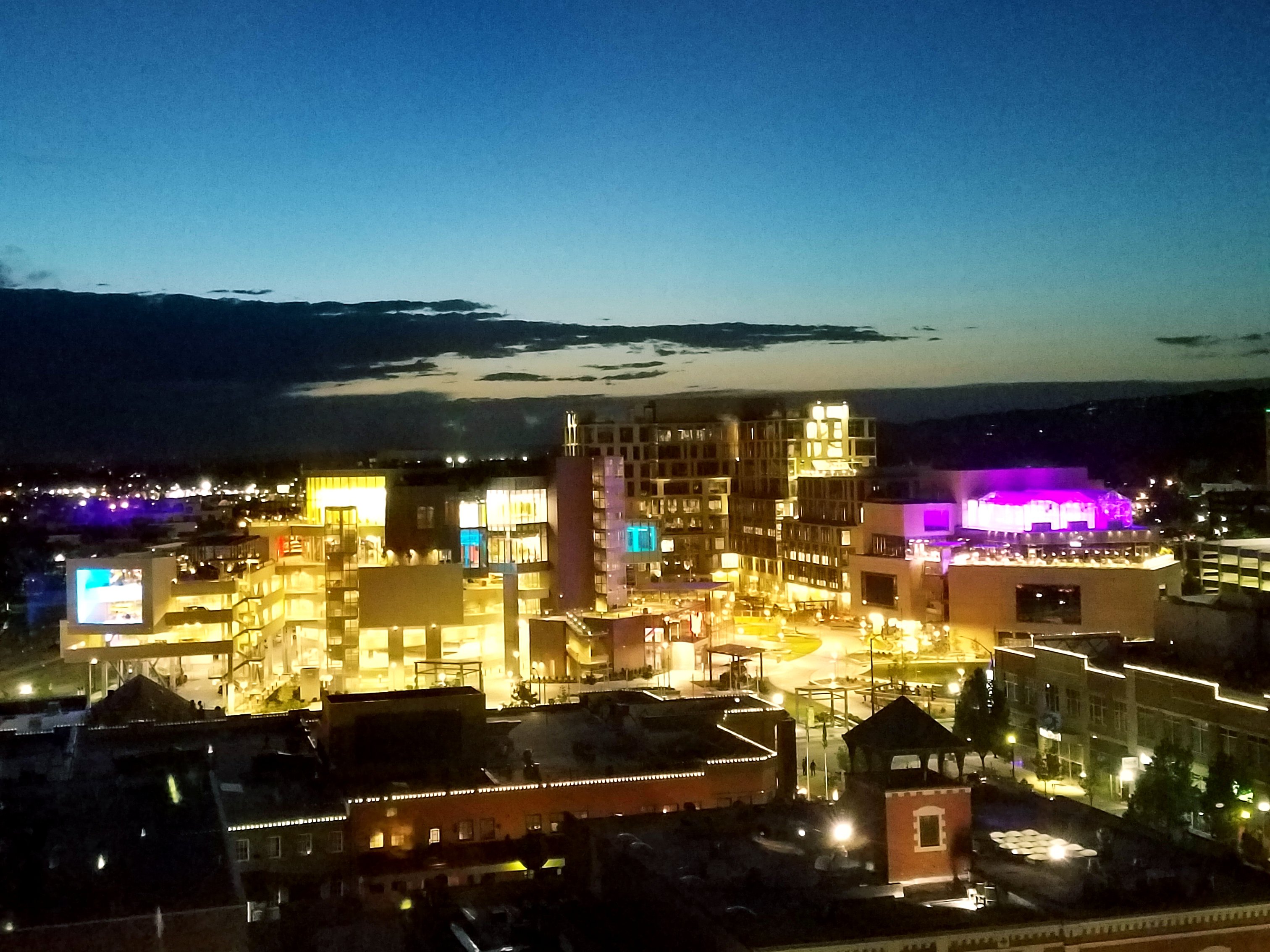The Northwest’s Regional Power Plan: Its Role in Securing Our Power Supply
- April 11, 2019
- Mark Walker

The Pacific Northwest’s approach to energy planning is different from just about everywhere else in the world: It is a regionally coordinated, public process where everyone—utilities, interest groups, and individual citizens—can help decide how we meet our energy needs. And, most notably, it strives to balance the region’s energy needs with the needs of fish and wildlife.
The history that led up to the passage of the Northwest Power Act, a breakthrough law that redefined energy planning in the region, is worth retelling. It proves the adage that failure is often a catalyst for change.
Northwest power begins with the building of federal dams on the Columbia River system in 1930s and 1940s, which brought enormous economic benefits to the region and spurred population growth. Electricity demand grew steadily, typically 5 to 6 percent annually. By the 1970s, energy planners believed that the hydroelectric system would be insufficient to meet future demand, and utilities embarked on an aggressive program to build new fossil-fuel and nuclear generating plants.
There were other issues driving the energy debate, too: How to fairly allocate the inexpensive power generated by the system and growing concern that the dams were harming salmon, steelhead, and other fish and wildlife species.
But if there was one key event that triggered the Act, it was the catastrophic economic fallout from the region’s decision to build five nuclear power plants in the state of Washington. The decision to build the plants was based, in part, on inaccurate Northwest electricity load forecasts. Only one of the plants, the currently operating Columbia Generating Station, was ever completed. Due to exorbitant cost overruns, the other four plants were abandoned or mothballed prior to completion.
Two of the unfinished plants were responsible for one of the largest bond defaults in the history of the nation, while the financing for the other three plants was backed by the Bonneville Power Administration. Over the years, BPA customers have paid hundreds of millions of dollars in debt service costs on the two unfinished projects that it backed.
From 1978 to 1984, BPA was forced to raise its rates by 418 percent (adjusted for inflation) to pay for the cost of all three plants. Ultimately, Congress concluded that an independent agency, without a vested interest in selling electricity, should be responsible for forecasting the region’s electricity load growth and recommending which resources should be built.
The Council was authorized by Congress in 1980 when it passed the Northwest Power Act, giving the states of Idaho, Montana, Oregon, and Washington a greater voice in how we plan our energy future and manage natural resources. The Council is responsible for developing a fish and wildlife program to protect fish and wildlife adversely affected by the hydrosystem and a 20-year power plan.
The plan, updated every five years, includes several key provisions: an electricity demand forecast; electricity and natural gas price forecasts; an assessment of the amount of cost-effective energy efficiency that can be acquired over the life of the plan; and a least-cost generating resources portfolio. The plan guides BPA’s resource decisionmaking to meet its customers’ electricity load requirements.
The Act also allows, through the residential exchange program, all Northwest residential and small farm customers to share in the low-cost power generated by the federal hydrosystem, regardless of whether they are customers of public-owned or investor-owned utilities.
Congress concluded back in 1980 that energy efficiency should be the priority energy resource for meeting the region’s future load growth, a decision that still rings boldly. The Act includes a provision that directs the Council to give priority to cost-effective energy efficiency, followed by cost-effective renewable resources. In effect, for the first time in history, energy efficiency was deemed to be a legitimate source of energy, on par with generating resources. The rest is history. Since the release of the Council’s first Northwest Power Plan in 1983, the region’s utilities have acquired the equivalent of more than 6,600 average megawatts of electricity, enough savings to power five cities the size of Seattle.
This year, the Council will begin developing its 2021 regional power plan with the goal of ensuring an affordable and reliable power supply. We encourage you to participate in this important decisionmaking process. All our meetings are open to the public, so stay informed by watching this space or connecting with us on social media.



